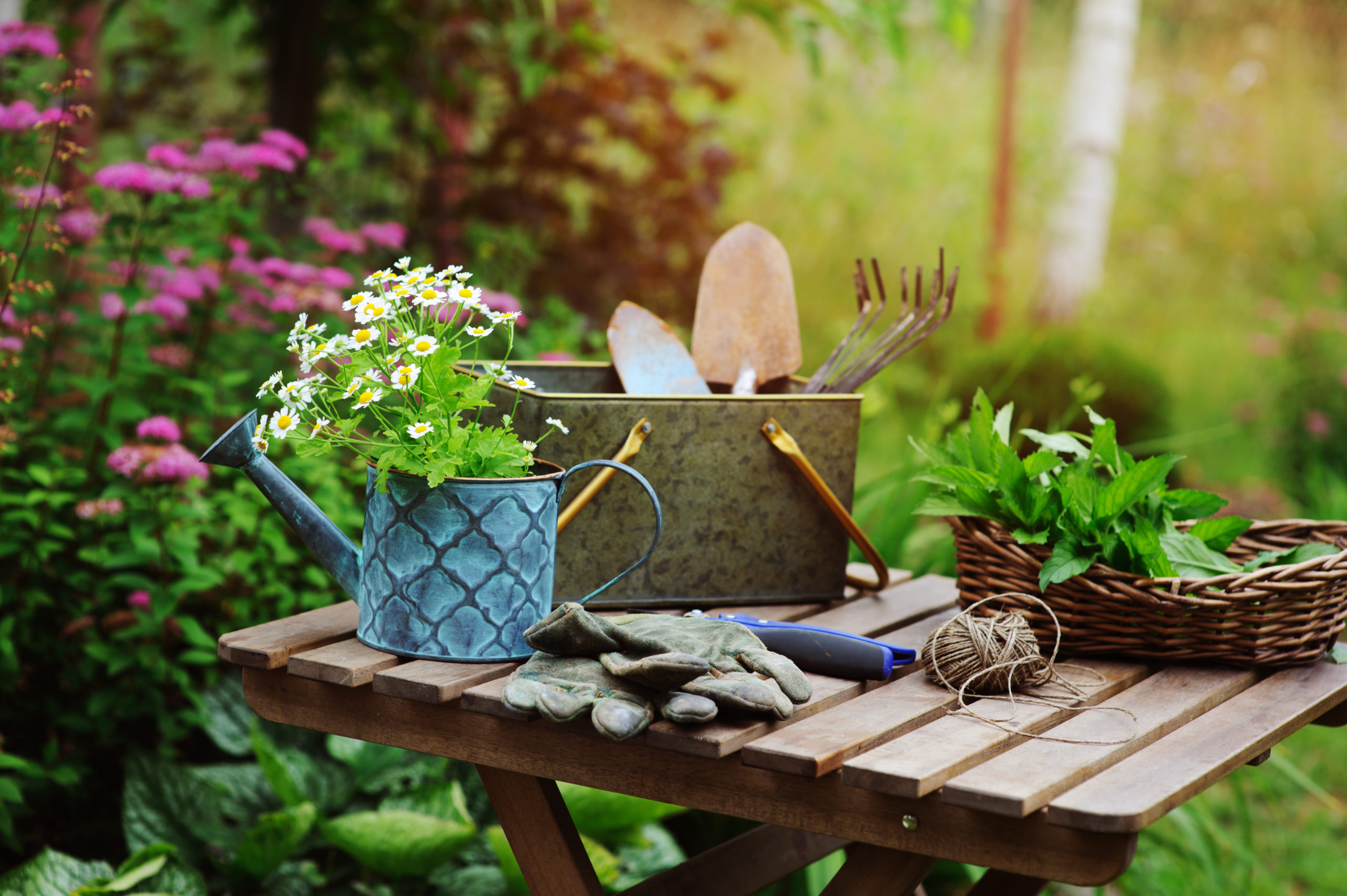What To Do in March: 10 Tasks for Southern California Gardeners

by C. Darren Butler with Ann Clary
March is typically one of the busiest months in the Southern California garden. Regardless of whether you live in one of Southern California’s inland valleys or along the coast, here are 10 items that should be on your gardening to-do list this month:
- Cut back or replace diseased, leggy, overgrown, unproductive, or troublesome perennials, preferably before new growth begins. Consider adding drought-tolerant plants wherever watering and fertilization can be managed appropriately.
- Plant warm-season annual vegetables and flowers. Early-spring weather has been unusually cold and wet this year (2019) in Southern California, so be cautious with starting seeds directly outdoors when temperatures are below 70° F. Many seed varieties may tend to rot before germinating in cold, wet weather, and some may have low germination rates when temperatures are below 80° F. Start seeds indoors and transplant starts outdoors. Start seeds as soon as possible. After a late, cool and wet winter this year, Southern California may have rapid or sudden shifts in temperature to warm or hot weather in March or April that could stress seedlings and make vegetable gardening difficult.
- As weather warms, monitor emerging warm-season pests such as snails, slugs and aphids. Despite a generally cool February and March in 2019, most Southern California areas received little or no frost, so larger-than-usual numbers of adult insect pests and eggs may have survived the winter in inland areas. Southern California may see rapid population growth with insect pests and severe pest pressures on garden and landscape plants after warmer weather arrives.
- Monitor recent transplants regularly, at least every 2 to 3 days during cool-to-warm weather to catch wilting, irrigation, pest, disease, weed, and other problems early.
- Maintain or add mulch. Be cautious with adding mulch before seedlings emerge. Use fine and medium mulch such as straw, pine needles, yard clippings, and coffee grounds in new spring beds. Keep wood-chip mulch at least 30 feet from wooden buildings whenever possible to minimize the chance of termites moving from mulch to buildings.
- Harvest vegetable thinnings, last winter crops, and earliest spring crops. Cut early spring flowers for harvest.
- Irrigate variably depending upon rain frequency and volume; turn off irrigation during rainy periods. Provide consistent soil moisture. With the significant volume of rain in Southern California from February and March of 2019, irrigation of smaller trees and established perennials might not be needed for at least several weeks. With water held in soil, larger trees may need no further watering until early summer to midsummer or later.
- Provide shade during early heat waves; see GardenZeus Tips for Shading Vegetables During Hot Weather for creative ideas for providing shade.
- Apply organic nitrogen as plants show new growth. Add organic nitrogen such as manures as dormant fruit trees begin breaking bud, and as annuals and perennials show new winter/spring grown or once established as seedlings. Avoid fertilizing dormant trees, perennials, and new seedlings.
- Finish last pruning for dormant fruit trees and roses. Prune citrus anytime from winter through early summer when trees are not flowering or bearing fruit and when weather is cool to warm.
GardenZeus has customized gardening information by plant and zip code. To get started, enter your zip code here.
Other articles of interest:
Maintaining Citrus Trees in the Spring: Six Tips



